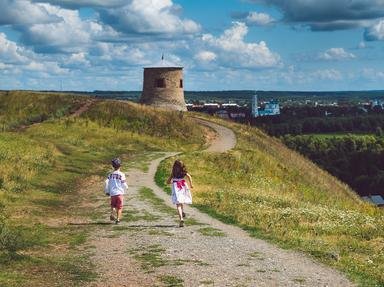Quiz Answer Key and Fun Facts
1. Helen Keller suffered from what disabling condition(s), which she overcame at the age of 7 with the help of Anne Sullivan?
2. Malala Yousfzai became the youngest person to win the Nobel Prize in 2014. What country is she from?
3. Greta Thunberg was only 16 when she was named Time Magazine's "Person of the Year" for her work on what political issue?
4. Where was Anne Frank living when she wrote her famous diary?
5. Joan of Arc is the patron saint of what country?
6. Wolfgang Amadeus Mozart was a famous prodigy in what area?
7. Shirley Temple was one of the biggest movie stars of what decade?
8. Ruby Bridges made history in what city, simply for trying to go to school?
9. Samantha Smith made headlines in the 1980s for writing to what leader of the Soviet Union?
10. Finally, a real blast from the past. At the age of 9, Tutankhamen (King Tut) became the leader of what ancient country?
Source: Author
parrotman2006
This quiz was reviewed by FunTrivia editor
MotherGoose before going online.
Any errors found in FunTrivia content are routinely corrected through our feedback system.

